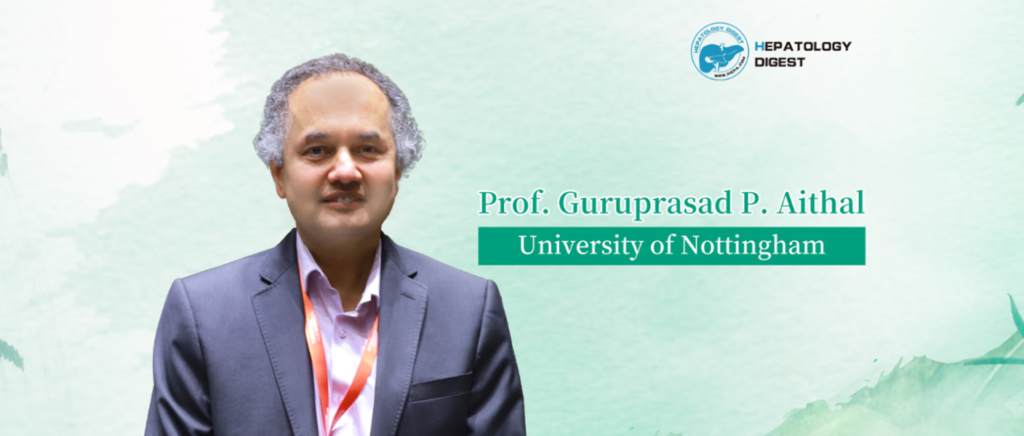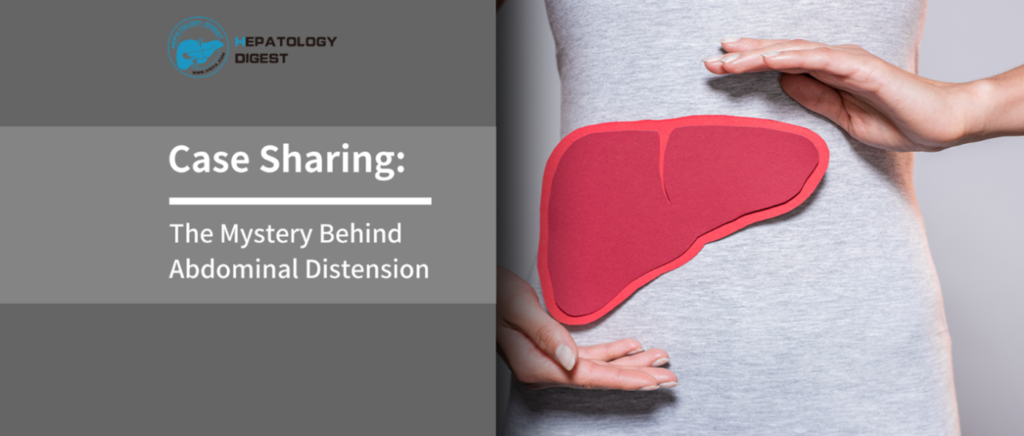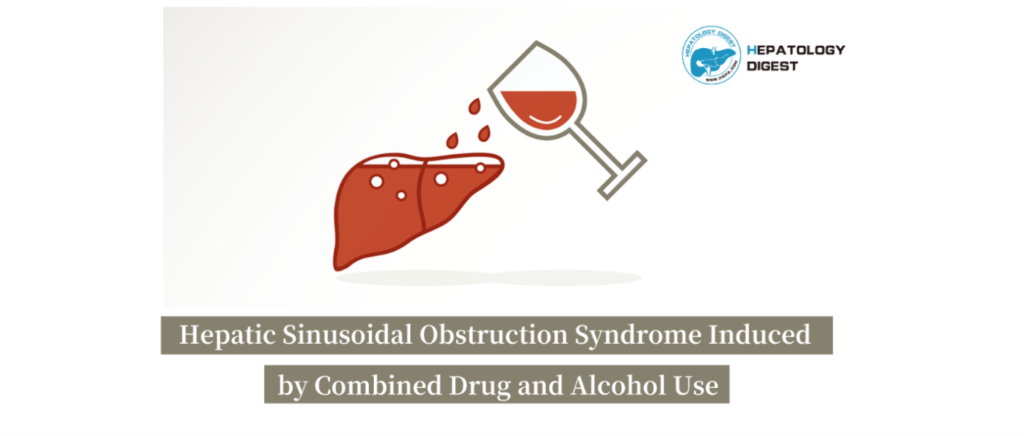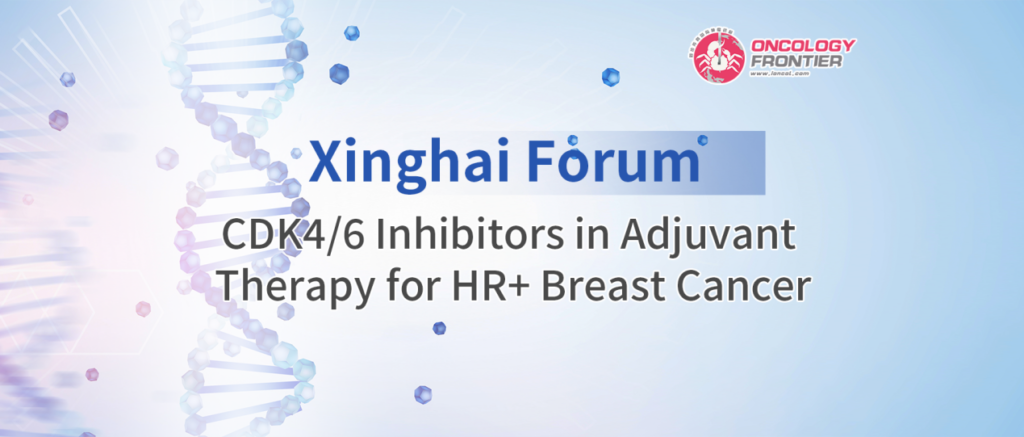Clinical Characteristics and Treatment Strategies for Immune Checkpoint Inhibitor-Induced Liver Injury
Recently, the "8th International Forum on Drug-Induced Liver Injury and the 9th National Conference on Drug-Induced Liver Injury" along withthe release of the 2024 primary care version of "Chinese Guidelines for the Diagnosis and Treatment of Drug-Induced Liver Injury" was held in the beautiful city of Xiamen. The theme of this conference focused on the management of liver injury caused by anti-tumor drugs, and it featured extensive academic exchanges by numerous renowned experts and scholars from home and abroad. We were honored to have Professor Guruprasad P. Aithal from the University of Nottingham share his insights on the clinical characteristics and treatment strategies for immune checkpoint inhibitor (ICI)-induced liver injury. This in-depth interview with Professor Aithal provides valuable guidance, helping us better understand and manage this potentially severe adverse reaction.










